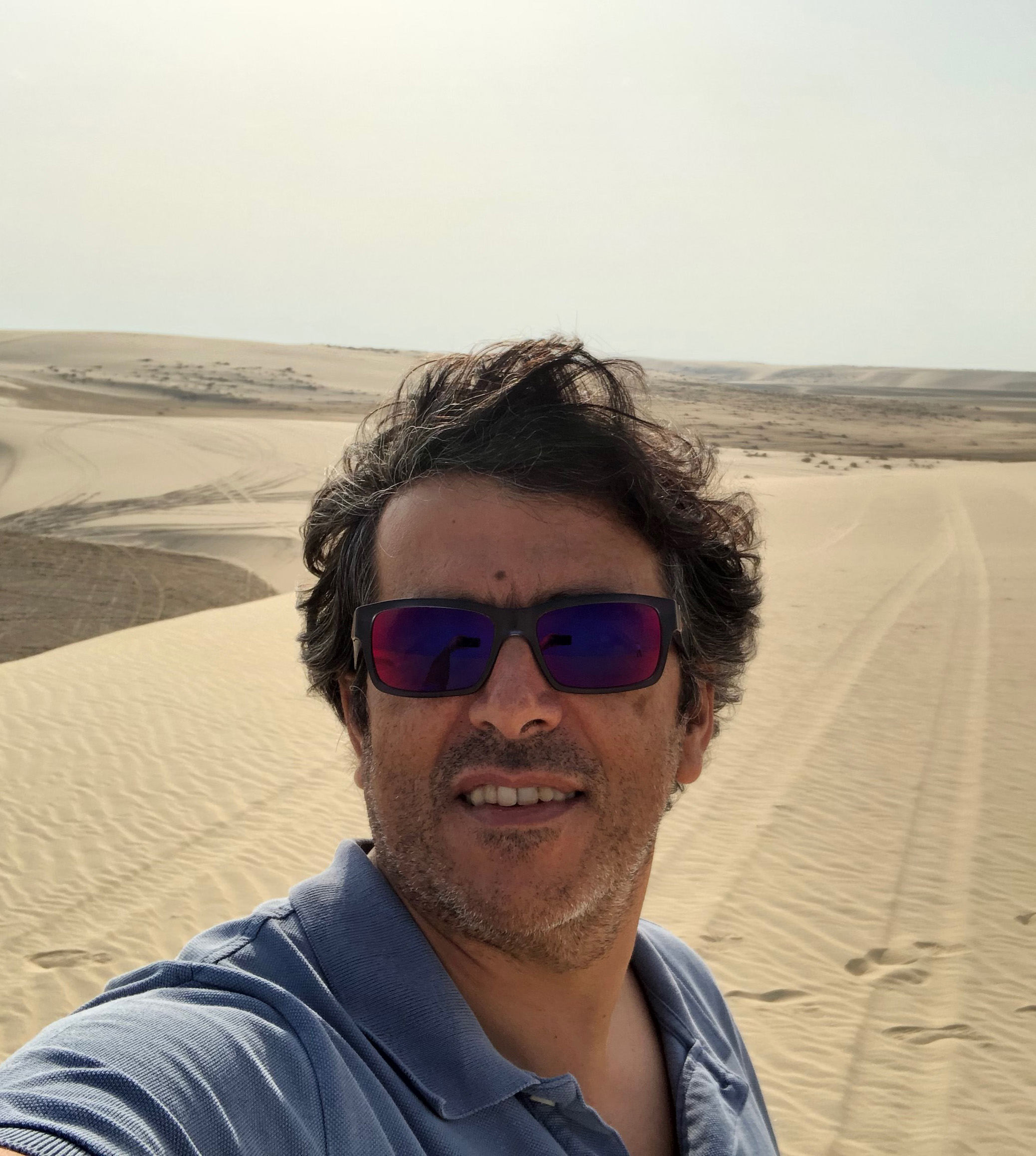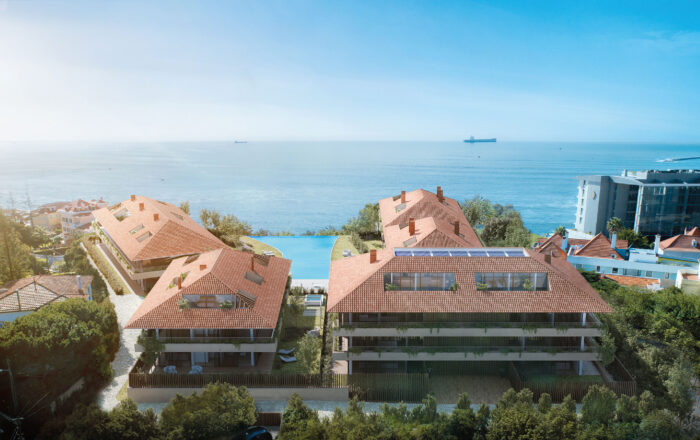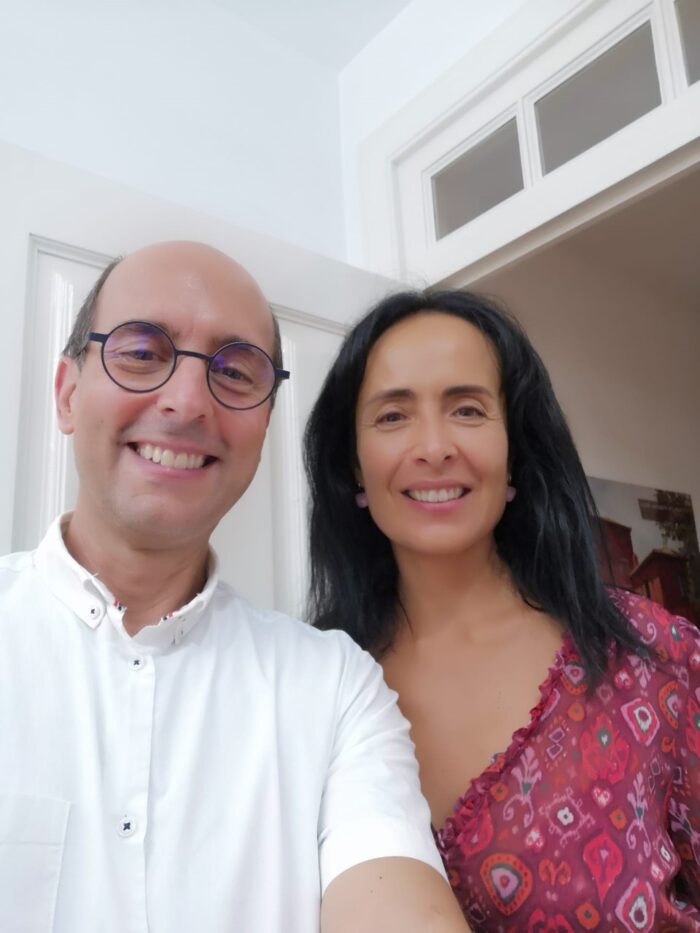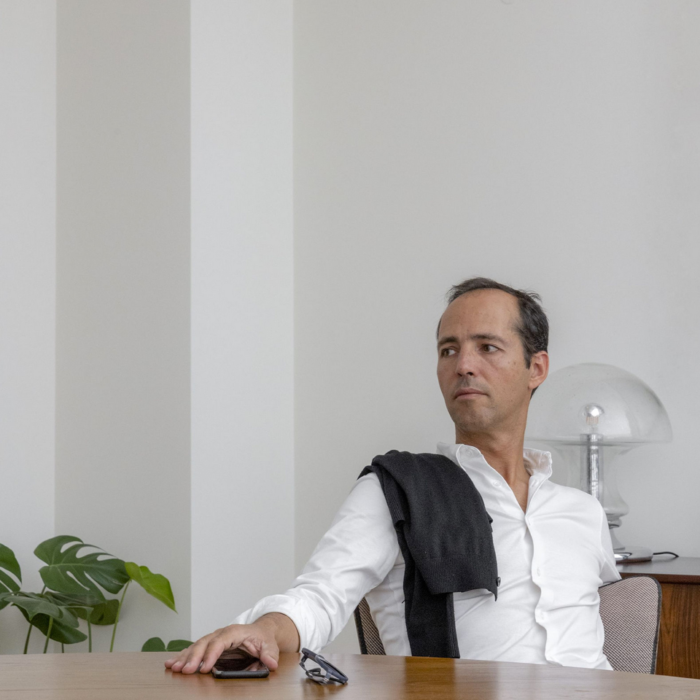A conversation with Arch. Paulo Perloiro

A conversation with Arch. Paulo Perloiro
'The profession of architect began on the day of my first college assignment [...] The studio was a place of intellectual conviviality and discussion... for a few years, it was a kind of architecture boarding school... a studio house'
How did your interest in architecture begin?
My interest in architecture began as a child, an unconscious interest based on the constructive reality of buildings that a child can grasp. This interest evolved from toy-scale constructions to the real construction of play spaces such as the tree house or the group shelter. As a teenager, this dimension of construction became more conscious as I met real construction sites through visits I made with my father (a civil engineer). It was at this stage that I visited the 2nd ring road, Praça de Espanha, Foz Côa Bridge, Ardila Bridge and many others. The size of the construction sites represented a change in scale from the tree house. At this stage, its materiality had an effect that brought experiences together: the discovery of the size of the territory, the topography of the site, the geology and fossils, the magic of the composition of reinforced concrete, the formwork, the built work. My father’s influence was decisive in this awareness. I always looked at construction more from the drawing side than the technical side and, having studied art history at secondary school, I ended up discovering architecture as a discipline. The profession of architect began on the day of your first college assignment.
How did four young architects decide to set up a studio?
The studio started out as a workspace for developing academic projects. First and foremost, it was a place for intellectual interaction and discussion about architecture. It was such an all-encompassing experience that, for several years, it was simultaneously the place where we lived, a kind of architecture boarding school where, away from our families, we were totally immersed in the themes of architecture. In this house-atelier, there were discussions between architecture students, but also gatherings extended to other subjects and with other players. Coursework and the first professional jobs were done in this studio, without it being possible to determine where some ended and others began. PROMONTORIO was formed in this integral home-workshop interaction.
How did retail come into your life?
A year after graduating I was invited by an older colleague to join the Sonae Imobiliária team. That’s when I worked on the Colombo project and got to know the retail area. It was the type of project overlooked by most architects and this aroused my curiosity. I got in touch with retail architects from all countries and all markets and learned to identify the success and failure factors. At the time, PROMONTORIO, as a studio, was making its way parallel to these professional experiences of the partners and, once we had acquired knowledge about retail, we were able to work in this area. It was in this context that I worked on the Vasco da Gama, Ubbo, Guarda, Ovar, Norte Shopping and Algarve projects, as well as several shopping centers in the Middle East.
What are the main differences and what have you gained most from these experiences?
The main differences in project development between Europe and the Middle East are mainly cultural. The way we look at architecture and urbanism are radically different. The people of the Middle East have broken through their roots and traditions more than any other, and buildings are above all an individual expression of social status. In this context, urban integration and care for public space are irrelevant. In the Middle East, the lack of a business plan for the investment becomes an obstacle for the project, as there is no calculated need for a return. Projects end up depending more on individual whims than on rational investment decisions. Another major difficulty was finding technically competent engineering consultants. The world is full of engineer healers and Karamba professors. After several frustrating experiences, we ended up finding a competent and serious engineering team in Lebanon.
Speaking of engineers, has BETAR been a suitable partner?
BETAR has been a very important partner for PROMONTORIO, mainly because its engineers understand the need to think of each project as if it were unique. They help us look for specific solutions based on engineering principles, not generic “mix with water and take after meals” recipes!
What is your opinion of sustainability?
Sustainability must be intrinsic to architectural design, it has to be a structural part of construction and it shouldn’t depend on technological systems that become obsolete every decade. Legislation on sustainability focuses mainly on aspects that are extrinsic to architecture and construction itself. Recommendations that are interpreted as prohibitions by the authorities and a tangle of regulations that contradict each other and often run counter to the principles of sustainability.
This interview is an integral part of Revista Artes & Letras # 139, March 2022
Partially automatic translation from portuguese: some expressions may differ from their actual meaning.
News & Interviews
Villa Unika awarded
Betar's signature project is among the winners of the 5th Real Estate Awards. Read more
A conversation with Arch. Miguel Malaguerra, Arch. Susana Jesus and Arch. Bruno Martins
‘Inventiveness has become our best tool and has given excellent results.’ Read more
A conversation with Arch. Luis Pereira Miguel
‘More and more, when I see other works, which I like, of other colleagues, I feel great respect. It is not easy to do well’ Read more




